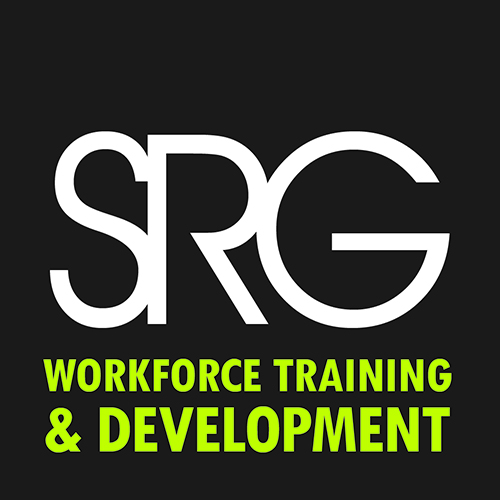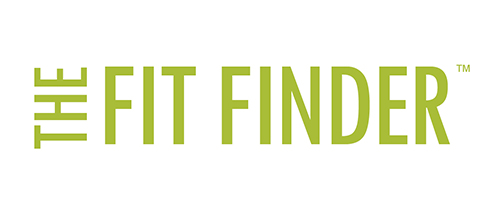
The Power of a Plan
How To Save Time And Money While Building Your Recruitment Strategy
by Sean Hemraj, Director, Workforce Planning & Development, SRG
Selecting a recruitment strategy can be a daunting task – especially when timelines are tight and resources are low. Not to worry, just pull out your trusty recruitment plan and…. Wait, what’s that you say? You don’t have a recruitment plan? You don’t even know what a recruitment plan is? Oh dear, well that’s unfortunate. How else were you planning to analyze your options? Alright alright, perhaps we should start from the beginning and see if we can salvage this recruitment project by implementing a proper recruitment plan.
What if I told you that there is a tool out there that could save your organization time and money and costs nothing – would you use it?
Of course you would!
So what is a recruitment plan? Simply put, a recruitment plan is an implementation tool used to organize your recruitment activities so that you not only find the right fit for your organization in the right timeframe, but to also minimize recruitment costs. A recruitment plan can be as complex or as basic as an organization requires. The most basic creation platform is often a spreadsheet.
Getting Started: Pre-work
A recruitment plan is built on your recruitment strategy which begins by first thinking about your business goals. A good example of this would be future company expansions that are built on the back of new business. How do you plan to support these new locations and the increased production requirements? Next, you need to align your business goals with recruitment goals. Ask yourself: what departments do I need to hire for? How many people would be required? What qualifications does the successful candidates need to possess? All of these questions provide answers that can be used as the ingredients to write a strong job description.
Building Your Plan
With these details in mind, the recruitment plan can now assist in the fulfillment of your recruitment strategy. To begin populating your plan, first think of your target audience. What activities would be best utilized in order to attract their interests to the positions you are hiring, and facilitate their application? For example, if you were hiring summer students you may choose to contact the local college/university to solicit their interest in hosting an on campus job fair with your organization. In which case, you would populate your recruitment plan like this:
- ACTIVITY
Summer Student Recruitment - TIME FRAME
July 10 - RESOURCES REQUIRED
$20 booth rental
8 staff hours
Mileage - RETURN ON INVESTMENT (ROI)
To be determined
This can be created in an Excel spreadsheet and is a simple example that highlights how easily information can be tracked in your plan for analysis later. Upon completing the event, the ROI section would then be filled in to show what results were received. Additional categories can also be added to track recruitment source information such as what information media alerted attendees to the event as well as other demographic information.
Magic in the Metrics
The value of creating a recruitment plan, to serve as a tracking matrix, comes in short and long term dividends. The short term payoff is seen in your organization’s ability to quickly reference activities that worked and those that perhaps need to be refined before revisited. Success can be defined by measuring the ROI versus the costs associated in engaging in the activity.
The long term value is realized after your organization has tracked a year’s worth of recruitment activities. This information can now be used to provide future planning of recruitment peaks and valleys that your organization typically sees in a year. With this revelation, you can hopefully be more prepared to launch recruitment campaigns earlier in tougher seasons or mix up your recruitment tools to diversify what mediums you use.
Final Thoughts
Ultimately, if nothing else, the use of a recruitment plan will save your organization time. With documented recruitment activities and outcomes, future recruitment planning becomes easier by quickly referencing past recruitment campaigns.
TIPS TO SUCCEED
- CONSISTENCY IS KEY. This is not a tool that can be used here and there, or when you have the time. As with any tracking tool, its effectiveness is determined by the information you put into it.
- RECORD EVERYTHING AND SORT IT LATER. No need to be heavily concerned over what activities to include in your plan and what to discard. If it has to do with recruitment, include it. If your organization has an excessive amount of projects, you can always sort and have multiple recruitment plans. However, ensure you review them all with every new project.
- ALWAYS BE ADJUSTING. Before reinstating a recruitment activity from a past campaign, review what worked and what could have been done to improve results. Then implement those changes to produce a better, more precise strategy.
- A RECRUITMENT PLAN IS A LIVE DOCUMENT. It should be visible so that it is not forgotten. Ideally, this plan should be the first tool you review when launching all recruitment plans for future campaigns.


The FIT FINDER™ is a customized recruitment and selection process that thoroughly screens and assesses applicants as well as focuses on their preferences, skill level and work style to ensure the best fit for your workforce needs.
For more information on SRG’s workforce training and development services, contact your local SRG office.
Print this article Click here to return to the Resource Hub.

